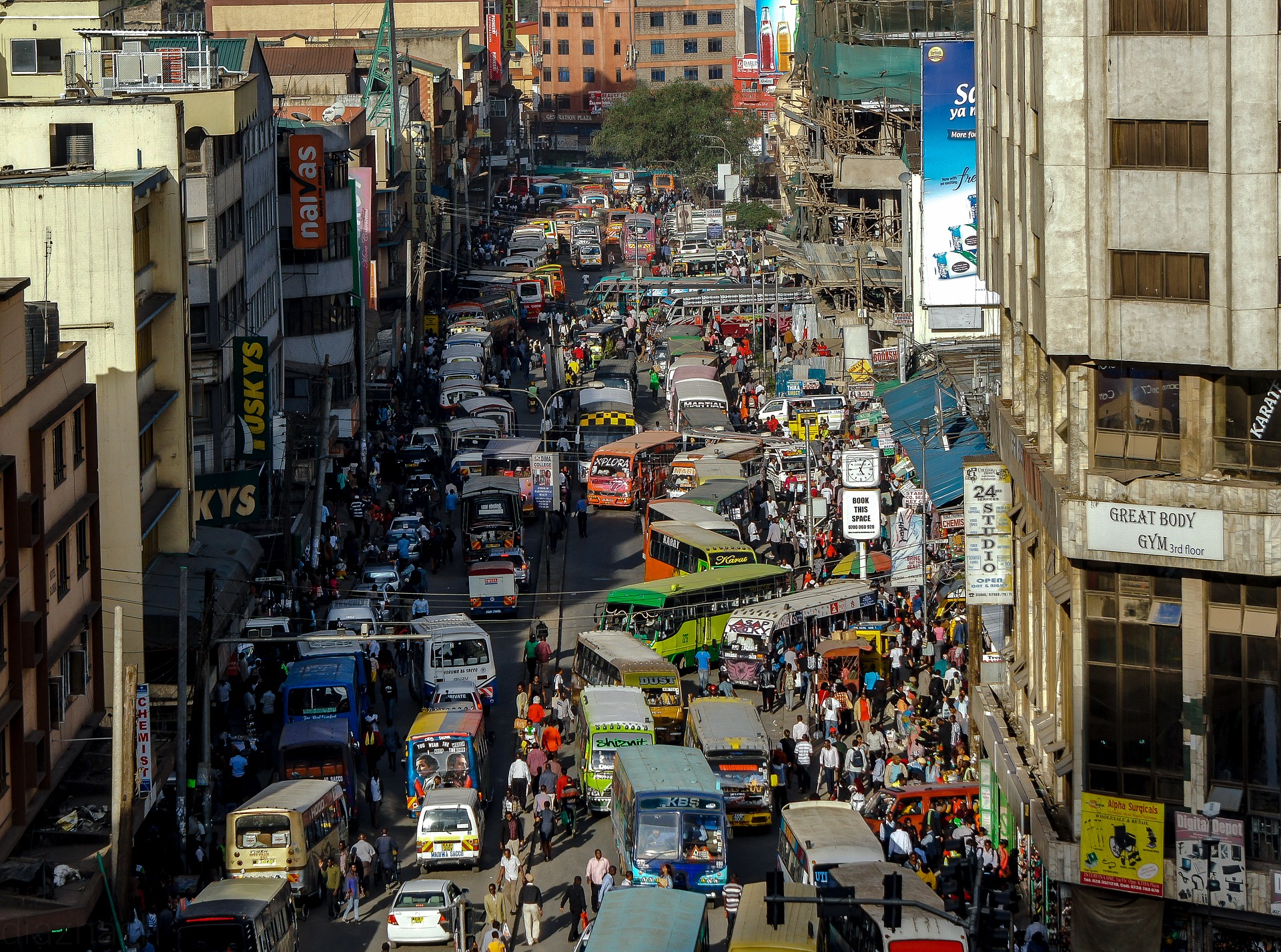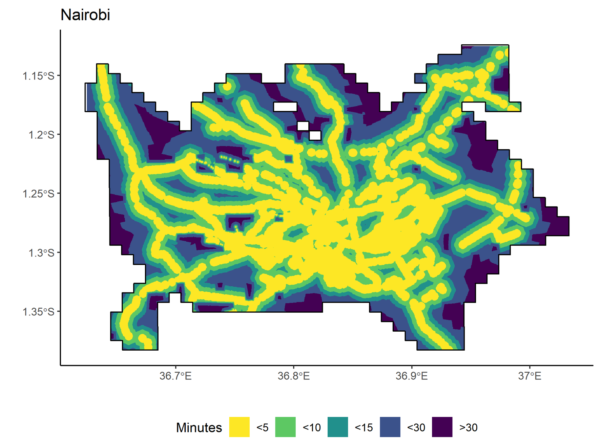An analysis of paratransit services in African cities thanks to GTFS open data
23 July 2021
- GTFS, Public Transport
An analysis of paratransit services in African cities thanks to GTFS open data
Accessibility to collective transport, together with other important system characteristics such as network coverage and frequency, is a crucial driver of modal choice for urban commuting. In many developing countries, official public transport is very limited due to government budget limitations and poor planning. Thus, the quality of the service provided to the users by private companies offering shared mobility options (“paratransit”) is an important factor to improve life and working conditions. This issue has been addressed in a research paper recently published in the Journal of Transport Geography (available here), authored by G. Falchetta (Free University of Bozen-Bolzano), M. Noussan (Decisio) and A.T. Hammad (Decatab Pte Ltd).
In the paper, we compare paratransit services in seven major cities in sub-Saharan Africa, thanks to the recent release of General Transit Feed Specification (GTFS) data in the project DigitalTransport4Africa. Our aim is to produce comparative metrics of accessibility, network, and service quality.
Our results allow for a first-order assessment and comparison of different crucial paratransit characteristics in these cities, shedding light on transport inequality and urban segregation dynamics. The analysis and metrics produced can support transport systems planners in major cities of low-income countries.
With the available GTFS data, and thanks to other methods and data developed in the literature, we were able to estimate the accessibility of the paratransit services for the citizens. The figure below shows an accessibility map for the city of Nairobi, which highlights how the distance from the nearest route (in walking minutes) varies across the city. The paper also presents other paratransit metrics, which are useful to compare the level of the service in different cities.
Accessibility map to the nearest paratransit route in Nairobi, Kenya (walking minutes)
We believe that the availability of open data is an important aspect to allow for comparative studies across cities, that could also help transport planners in addressing inequality and efficiency issues. The future evolution of urban transport will be the result of multiple dimensions, including the effects of the current pandemic and the digitalization of jobs and services. However, the availability of high-quality data, including crowd-sourced ones, can represent an added value to optimize the design and operation of collective transport systems, especially when data are updated on a regular basis. A good quality public transport can increase access to opportunities, as well as decrease environmental impacts when compared with societies that are based on private cars.

